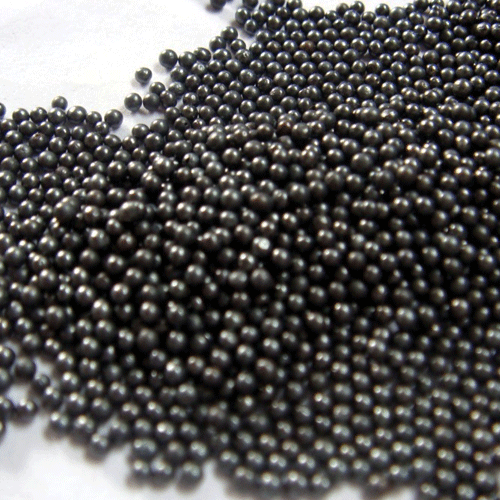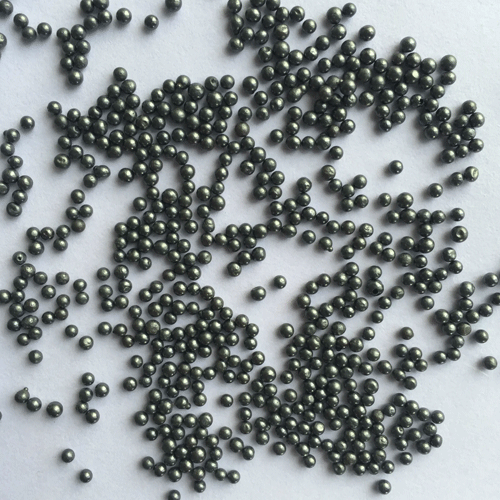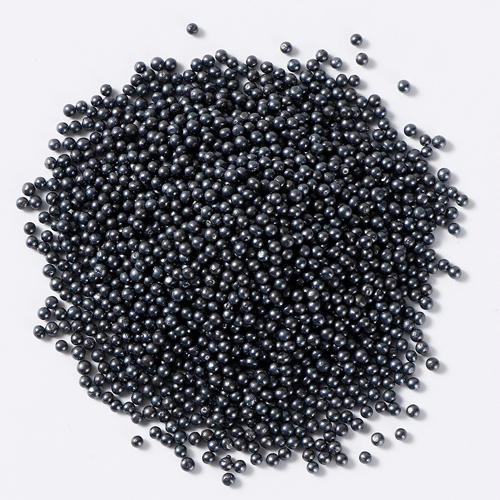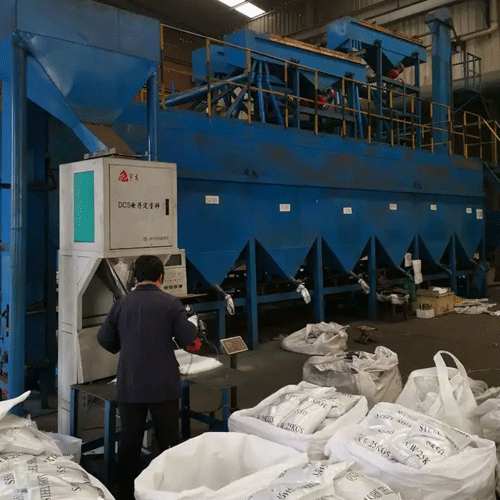As metal abrasives, steel shot can be used for descaling, embroidery removal and steel pretreatment before coating steel workpieces.
Usually the five major techniques for steel shot production are as follows:
1. Roller method
The liquid metal is poured onto a rotating drum, causing a splash of liquid metal, which then falls into the water to form pellets. However, this method has been eliminated due to the poor pellet-forming rate of steel shot particles.
2. Air blowing method
Use high-speed eruption medium - inert gas or compressed air to blow away the molten steel and then drop it into the water to form pellets. The cost of using nitrogen or compressed air to make steel pellets using the gas explosion method is relatively high and the pass rate of pellets is less than 50%, which is close to elimination.
3. Water jet impact method
Water jets are used to disperse the liquid metal into the water, where it is cooled, condensed, and finally formed into pellets. The disadvantage of this production method is that it has a large hollow content and is easy to form special-shaped pills. By changing the cross-sectional shape of the nozzle, the water jet flow and pressure can be controlled, which can effectively improve the pill-forming rate.
4. Centrifugal method
The molten steel flows to a special spinning plate with a series of small holes around it that rotates at high speed. Under the effect of centrifugal force, the liquid flies out of the spinning plate and falls into the water to form pellets. The centrifugal method is used to produce steel pellets with a higher pilling rate than the water injection method, which greatly reduces the proportion of hollow pellets.
5. Rotating cone centrifugal atomization method
The combination of water jet method and centrifugal method, the molten steel is passed through certain equipment to form a metal liquid film on the surface of the rotating cone, and then atomized into fine droplets under the effect of centrifugal force and surface tension and thrown outward. ; At the same time, the cooling medium is ejected in a direction perpendicular to the direction of movement of the molten droplets, causing the droplets to rapidly granulate. The produced steel shot has good quality and comprehensive mechanical properties.
 How to judge the quality of steel shot
How to judge the quality of steel shot
 Summary of hardness of several common steel shot and steel grit
Summary of hardness of several common steel shot and steel grit
 The formation process of steel shot
The formation process of steel shot
 Steel shot centrifugal pill forming technology is the preferred choice for producing national standard steel shots
Steel shot centrifugal pill forming technology is the preferred choice for producing national standard steel shots